Stapelia leendertziae ‘Black Bells gigantea’
Scientific name: Stapelia gigantea
Common names: Black Bells Plant, Black Bells Flowers, Leendertz’s Stapelia.
Natural habitat: This species is native to the arid regions of South Africa and is well-adapted to hot and dry climates.
Flowers: Stapelia leendertziae ‘Black Bells gigantea’ is renowned for its impressive flowers, which can reach sizes of up to 8 inches (20 centimeters) long. The blooms have a deep maroon to almost black color, with a velvety texture and an intriguing bell shape.
Stems: The stems of the plant are upright and fleshy, with a pale green color that can grow up to 6-8 inches (15-20 centimeters) tall. The stems’ stark contrast to the dark flowers adds to the plant’s appeal, making it a captivating specimen for any collection.
$3.50
Stapelia leendertziae ‘Black Bells gigantea’ is an extraordinary plant that stands out for its large, bell-shaped flowers of a deep maroon to almost black hue. This unique succulent is an excellent addition for collectors or anyone looking to introduce a dramatic touch to their space. With its striking appearance and ease of care, it offers the perfect blend of visual interest and practicality for busy individuals or those new to caring for plants.
General Care for Stapeliads
Stapeliads are a unique group of succulent plants known for their striking flowers and interesting forms. They belong to the Apocynaceae family and are mostly native to Africa, with some species found in Asia and the Middle East. Here’s a general guide to caring for Stapeliads:
- Lighting: Stapeliads thrive in bright, indirect light. Direct sunlight can be harmful, especially during the hottest parts of the day. A partially shaded spot is ideal.
- Watering: These plants require moderate watering. Allow the soil to completely dry out between waterings. Over-watering can lead to root rot, so it’s essential to ensure good drainage.
- Soil: Use a well-draining cactus or succulent mix. Stapeliads prefer a soil mix that allows for good air circulation around the roots.
- Temperature: Most Stapeliads prefer warm temperatures and are not tolerant of frost. Keep them in temperatures above 6-8°C (43-46°F).
- Humidity: Stapeliads generally do well in average room humidity. However, during the growing season, a slight increase in humidity can promote healthier growth.
- Fertilization: Feed sparingly during the growing season. Use a balanced, water-soluble fertilizer at half strength.
- Propagation: Propagation can be done through stem cuttings or seeds. Allow cuttings to dry before planting.
- Pests and Diseases: Watch out for pests like mealybugs and take precautions against snails and slugs. Stapeliads are generally resistant to diseases if well taken care of.
Specification: Stapelia leendertziae ‘Black Bells gigantea’
| Weight | 0.55 lbs |
|---|



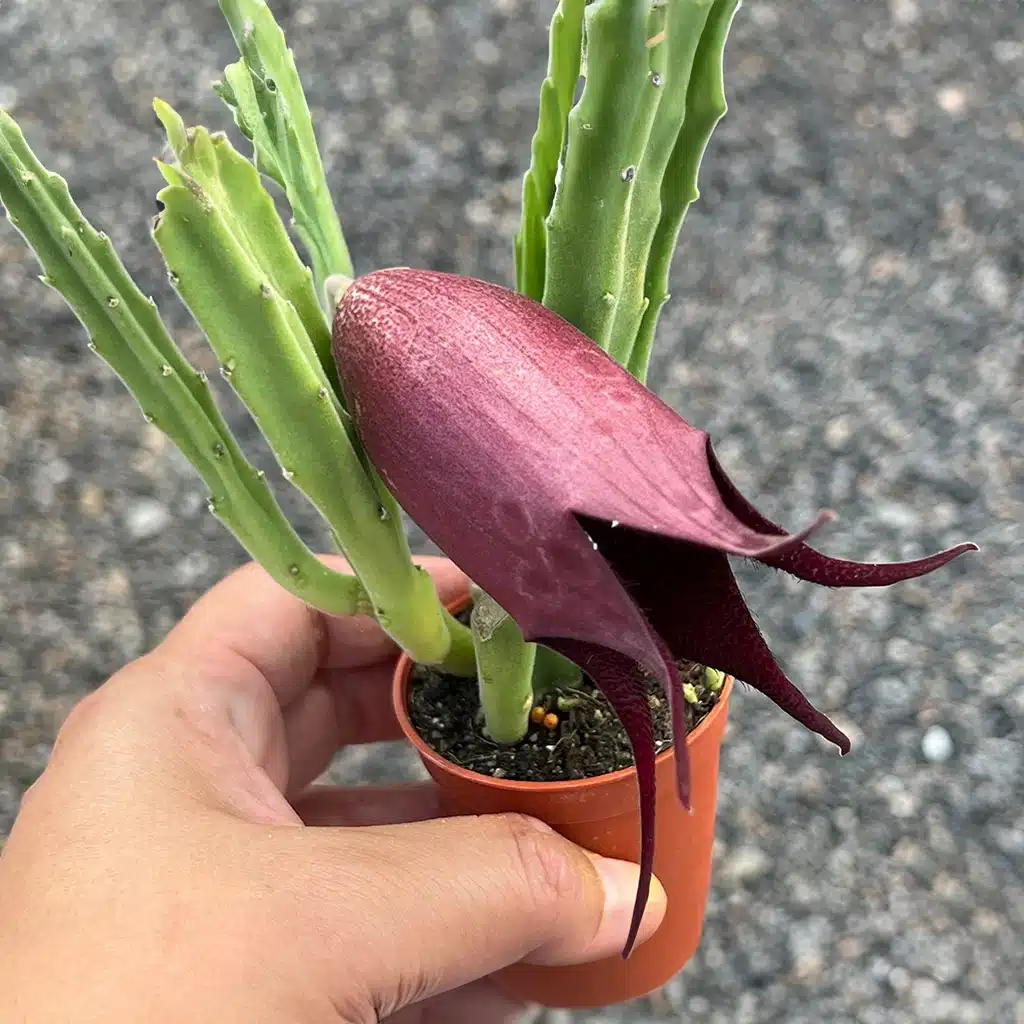
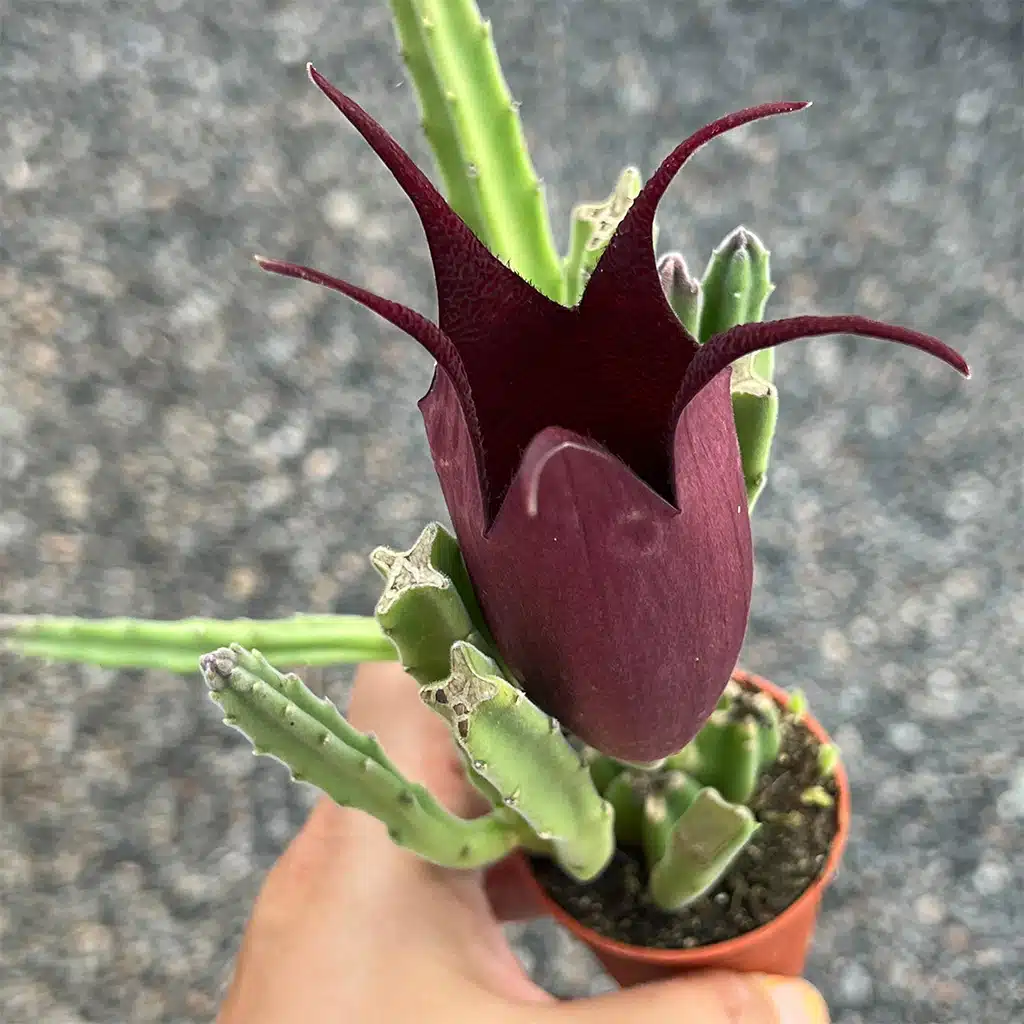

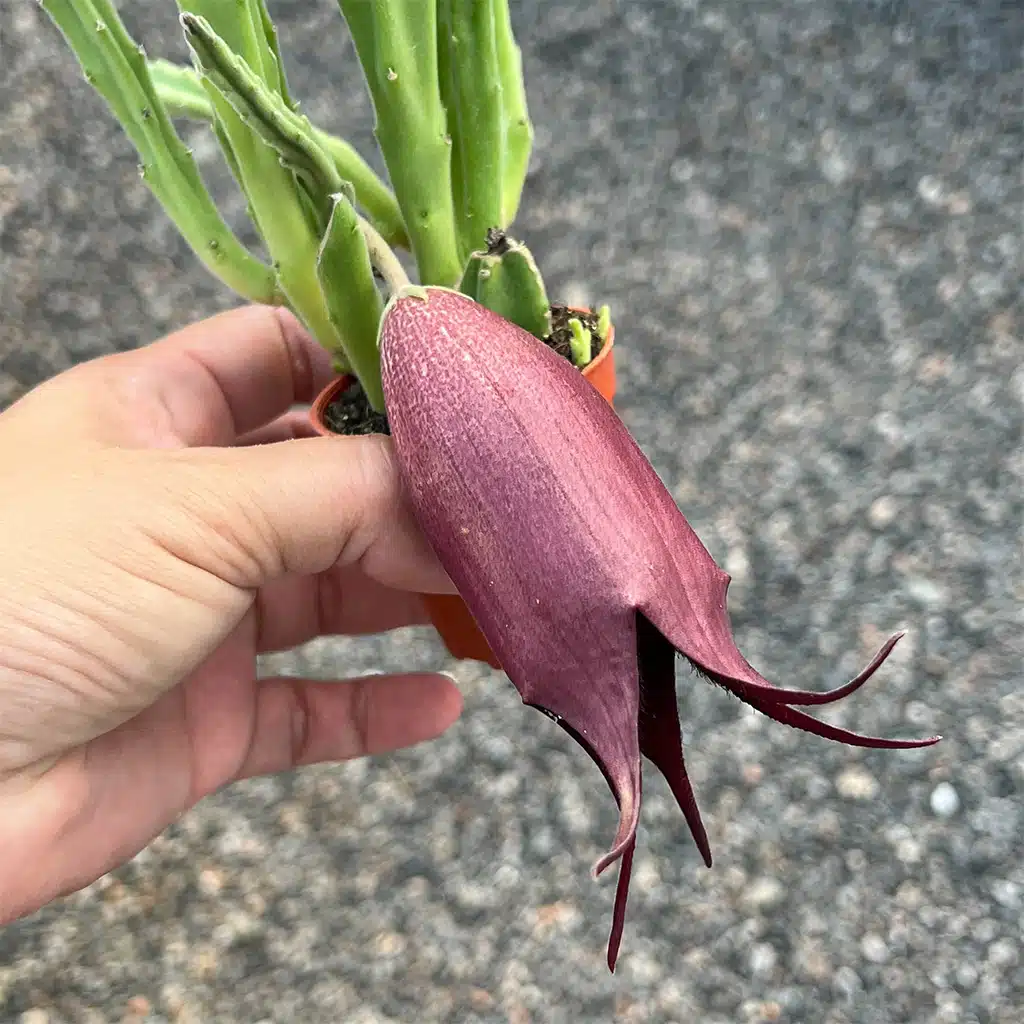
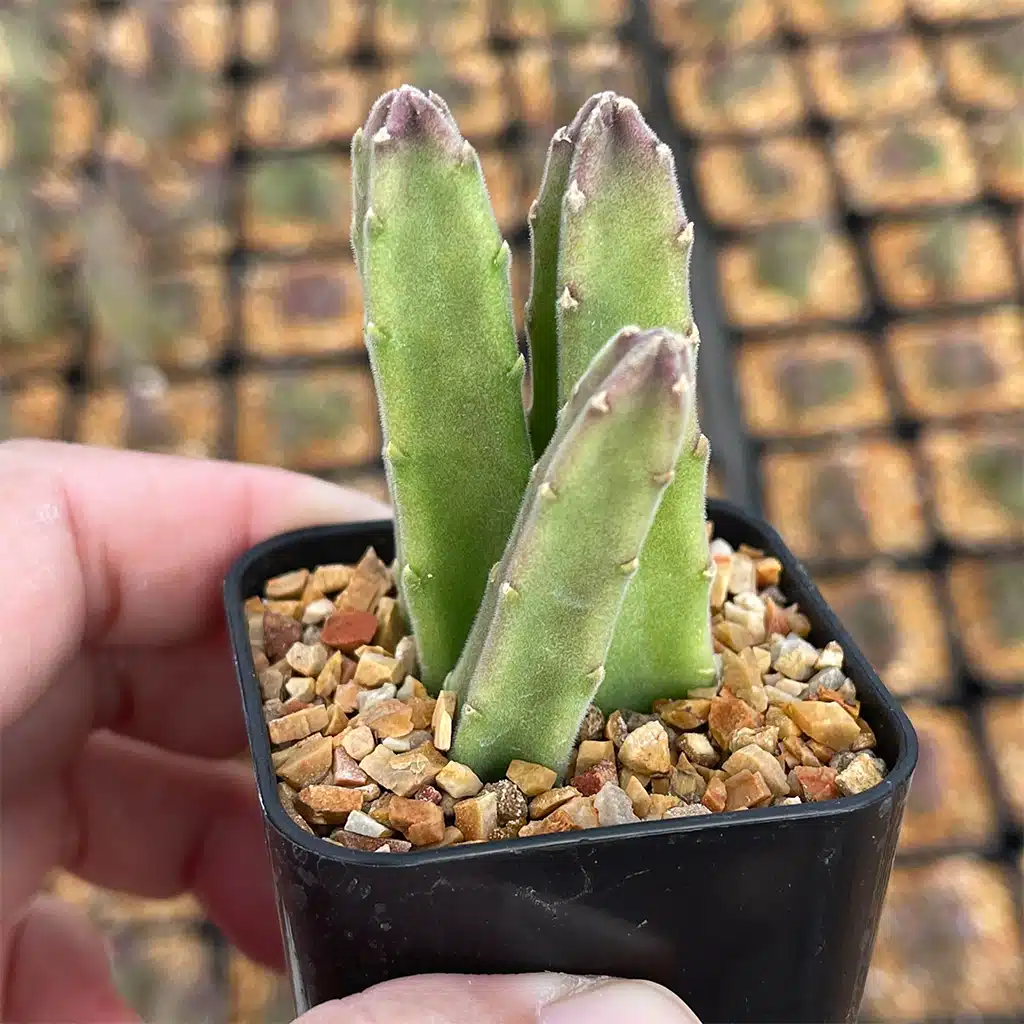


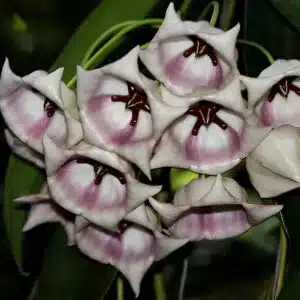
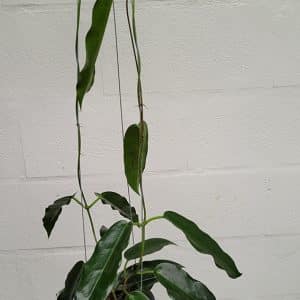
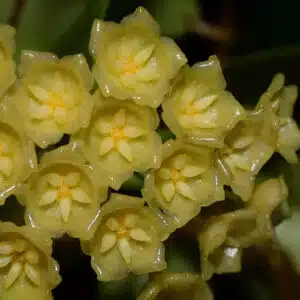
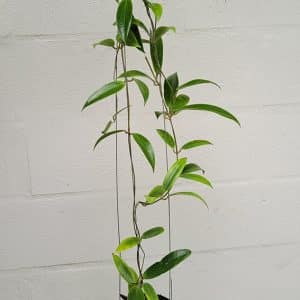

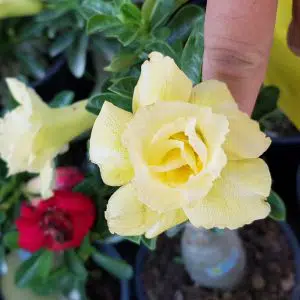

There are no reviews yet.